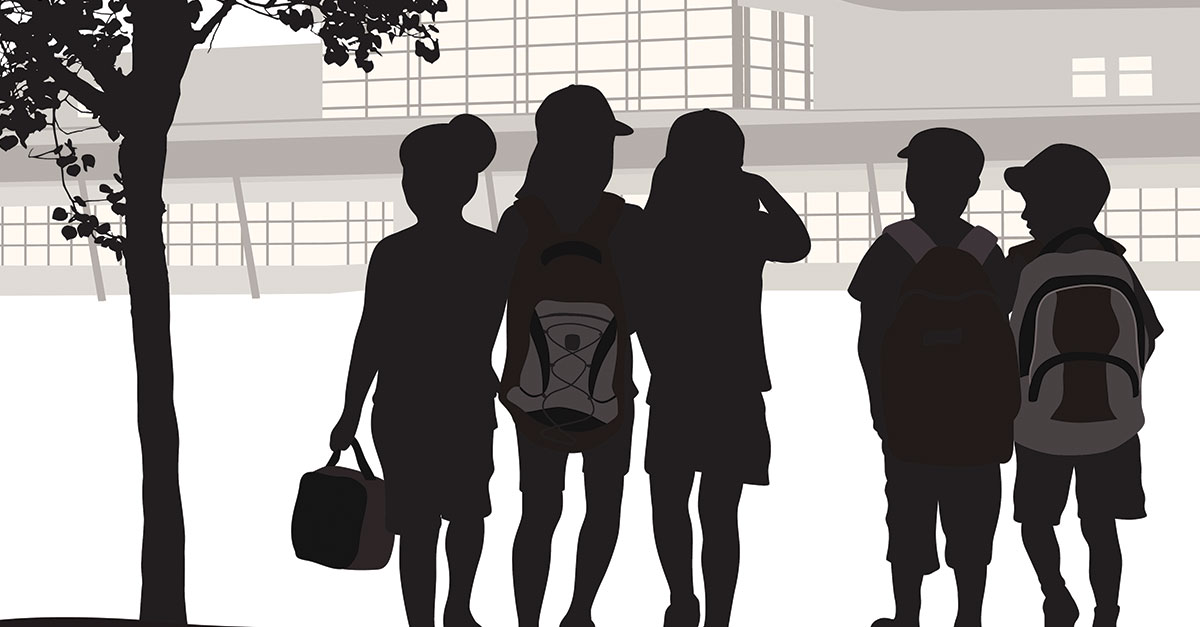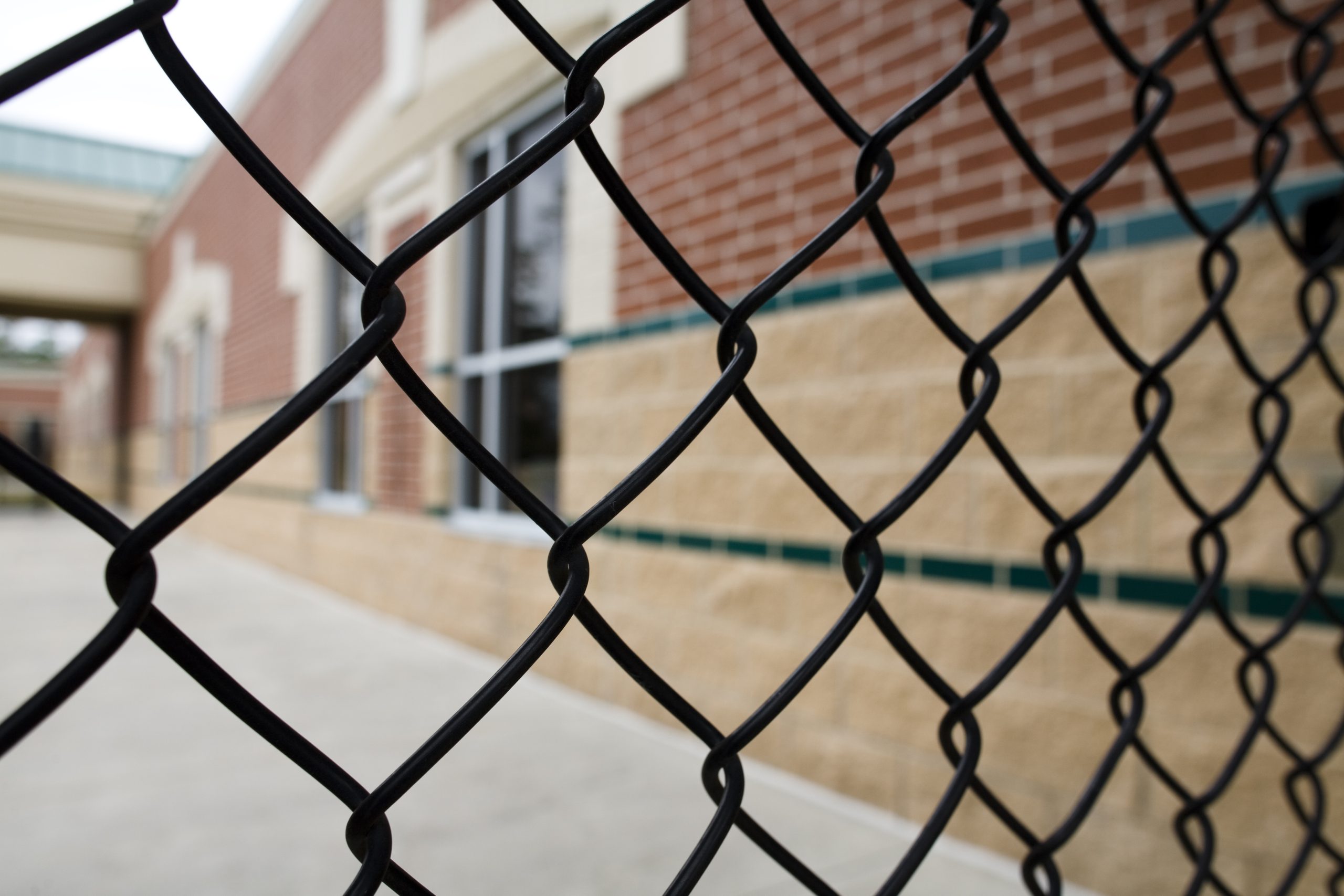Building trust, transparency and awareness that reports are taken seriously are among the steps local educational agencies must take to boost the rate at which threats to school safety are reported, according to new research from the U.S. Homeland Security Operational Analysis Center.
Supporting Individual Willingness to Report School Safety Concerns: Findings from the Literature and Interviews with Stakeholders Across the K–12 School Community found that despite the importance of violence prevention efforts in K-12 schools, little is known about how to promote reporting among youth who become aware of possible threats so that action can be taken.
“This report helps fill this gap by illuminating the variety of threat-reporting models available to K–12 schools across the country, as well as the approaches school leaders can use to support individual decisions to report threats in a way that will work best for their school environments,” researchers wrote. “Nationwide, schools and school districts emphasize the importance of cultures of trust and strong relationships between students and staff to encourage reporting, and many have established structured tip line systems that allow students, parents, staff, and other members of the community to provide information about potential threats.”
Reporting threats of violence can have life-saving impacts. In June, a 16-year-old boy was arrested after police received a tip that he was allegedly recruiting students to carry out a mass shooting at a high school in Berkeley. The teen’s alleged plot also included a possible bombing. A search of his home turned up parts for explosives and assault rifles as well as several knives and electronic items that could be used to create weapons, police said.
“Despite the impact that reporting can have on preventing school violence and the various platforms that are available to students and others seeking to share information, many people still feel reluctant to come forward,” according to the report.
Some fear being labeled a snitch or potential retaliation, while others report not trusting adults with keeping their information confidential or acting on the information. Some youth describe being uncomfortable with the potential for disciplinary action that reporting might bring, while others simply don’t know what type of behavior warrants reporting.
Key recommendations
Anonymous reporting approaches can pose some complications for following up on tips, but the option can also help alleviate student fears of being ostracized by their peers as a result of reporting. Additionally, reporting systems with chat options that provide real-time dialogue between the person reporting the threat and someone trained in crisis communication can lower barriers for those not comfortable speaking directly with law enforcement, researchers found.
Other recommendations to improve comfortability and confidence in reporting threats include:
- Increasing opportunities for teachers and staff to interact informally with groups of students outside the classroom, and ensure that security personnel receive training to help them work and communicate effectively with the school community.
- Communicate to potential and active users of anonymous reporting systems when their anonymity could be forfeited, or have schools and districts host confidential systems that collect reporter information but keep it private.
- Making students aware of how, when and what to report. Build this knowledge through regular training and outreach.
- Tailoring training materials for relevance to specific school contexts and more resonance to many student bodies. Engage students themselves in training and outreach to lower barriers to reporting among their more-reluctant peers.
- Publishing annual reports to increase transparency around critical issues, such as when information is shared with law enforcement and when situations are left exclusively to school administrators.
- Offering clear guidance and training on staff roles in the reporting process and providing teaching material to increase students’ knowledge about reporting.





